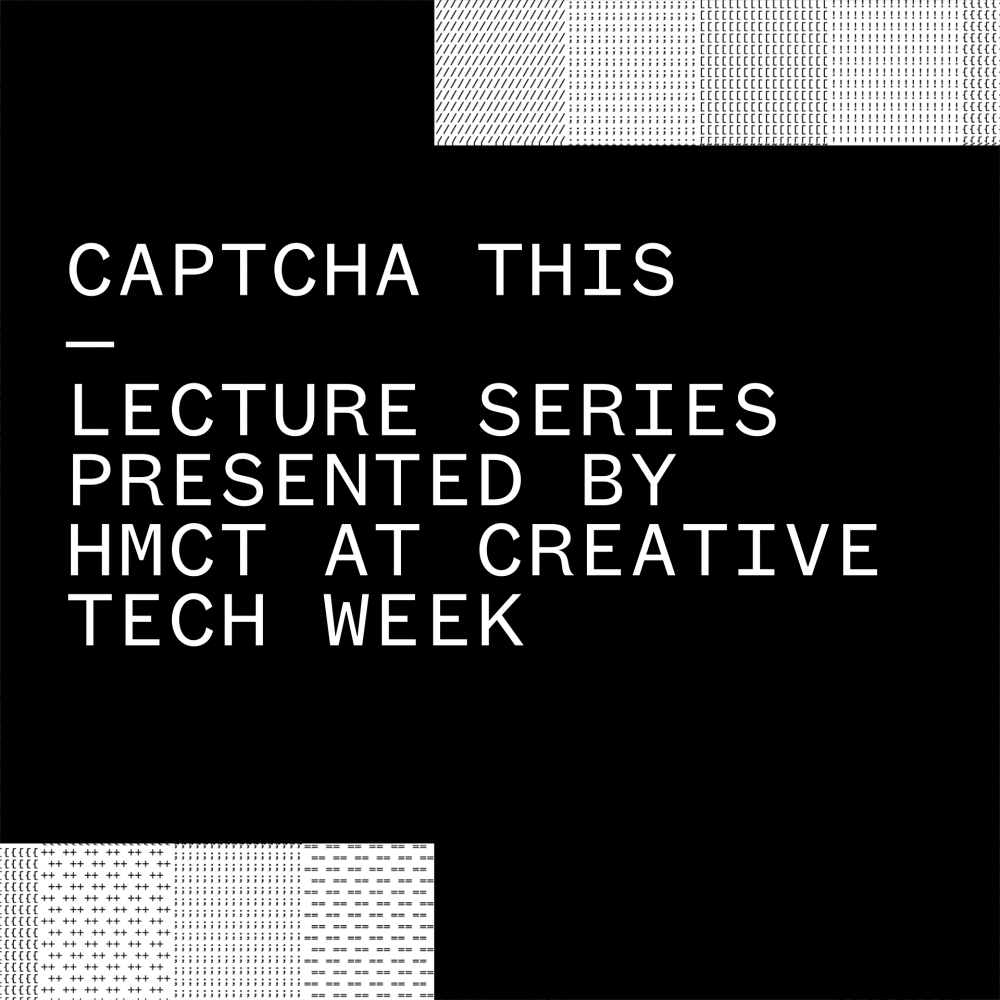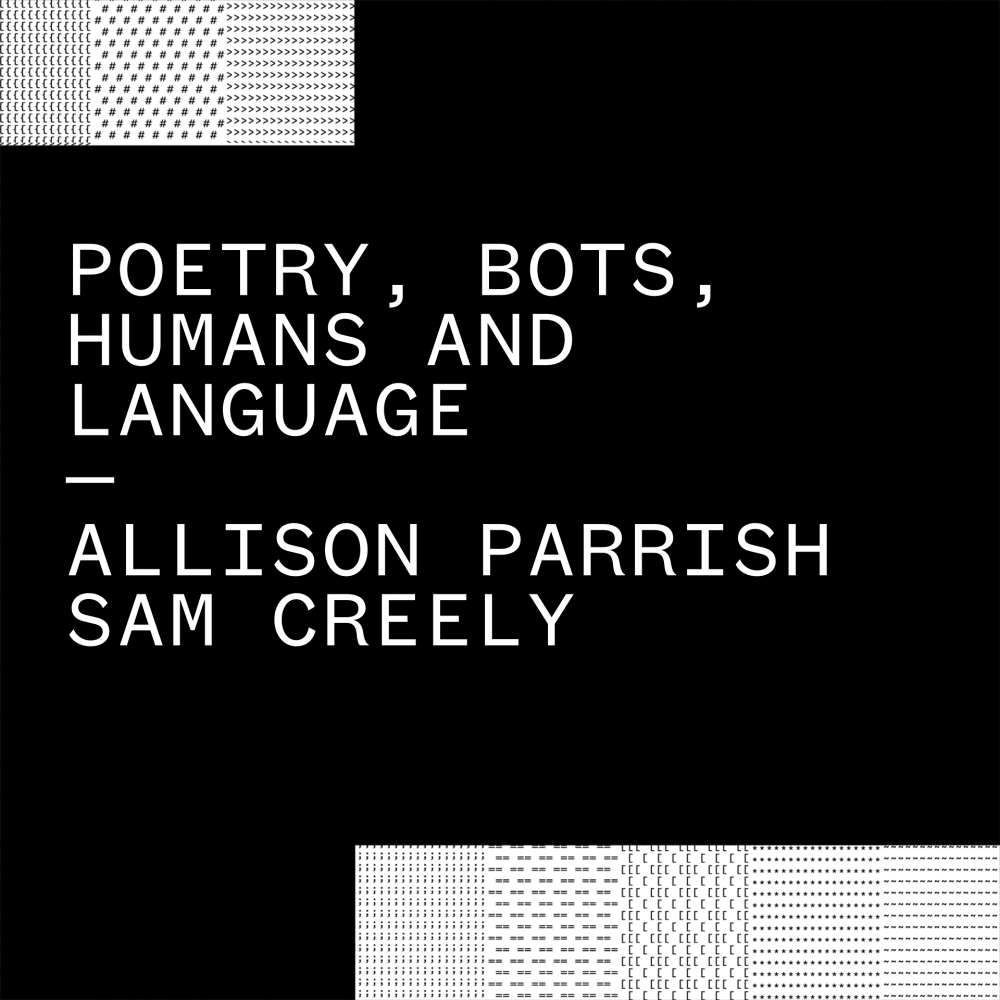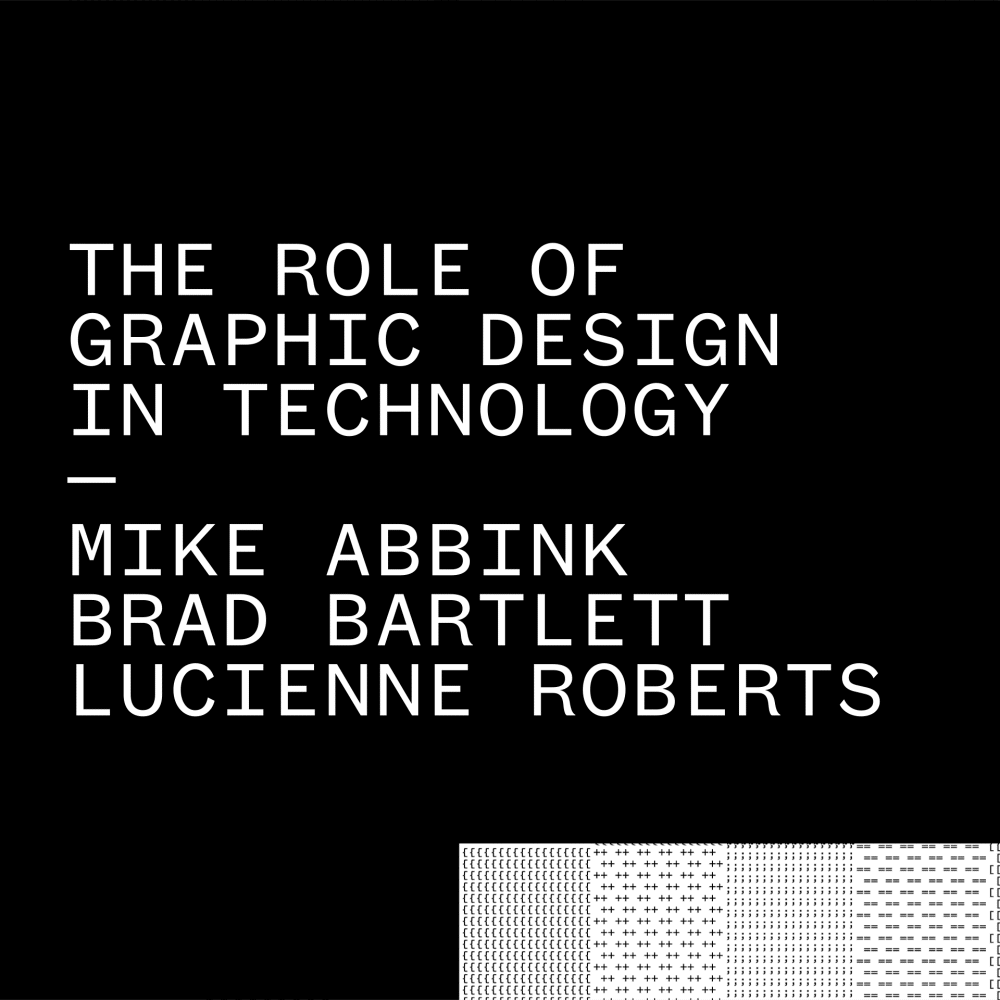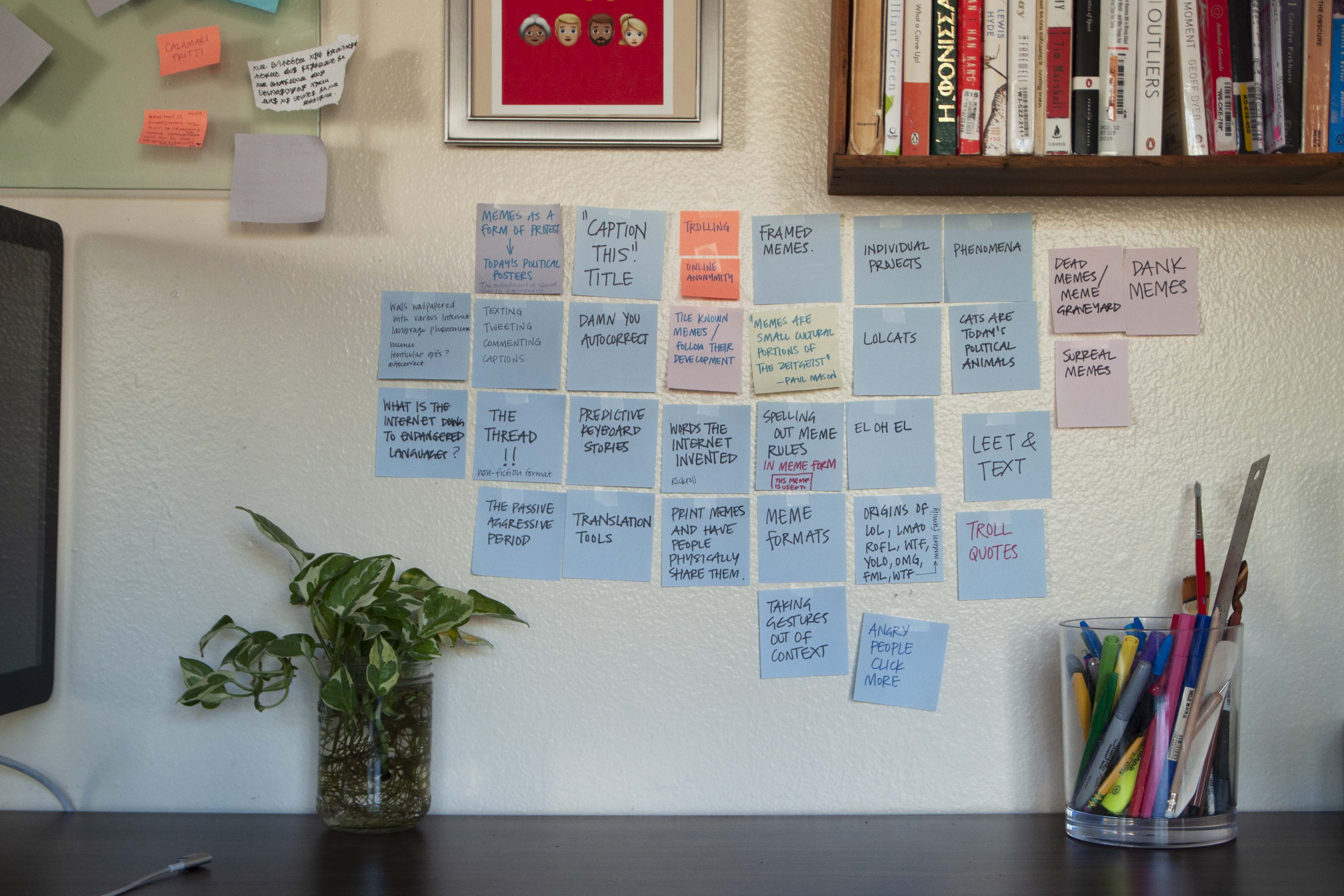What forces are shaping language? How is online culture affecting language? Is it a good thing? How is communication influenced by these changes? What are the subconscious patterns behind the language we produce everyday? What do online interactions reveal about our society? What are the interactions and dynamics that are created and happen in this locus/language? What is the role of artificial intelligence and machine learning playing? What are the visual implications of these changes? What are the ethical implications?
These are the questions that were guiding my research when I began looking into the realationship between language and technology. the initial part of the research looked at memes, emoji, gifs, hashtags, @replies, acronyms, threads, etc—all part of the explosion of informal writing found online that is unedited, unfiltered, and efficient. This led to studying the relationship between humans and machine. I was interested in the inherent systemic biases that algorithms retain, and the ethical implications of emergent technologies that frame new ways in which language is transmitted.
This educational program inlcuded a lecture series presented at ArtCenter’s Creative Tech Week and an installation at the HMCT Storefront.
Visit the program’s official website
Watch lecture series videos
Research, identity design, installation: Lavinia Lascaris
Website design: Roy Tatum
Programming: Gloria Kondrup, Lavinia Lascaris, Maggie Hendrie, Kristine Bowne, Robbie Nock, Brad Bartlett, and Roy Tatum.
The identity for Captcha this was designed to include several digital vernacular references that represent
the topics addressed by the project.
The pun behind the title refers to the
relationship between humans and machines, and the effects of this interplay on
language. The term “CAPTCHA” (a contrived acronym for “Completely Automated Public Turing Test to Tell Computers and Humans Apart”) refers to
websites designed to block spam robots by determining whether a user is human. Captcha this is a play on this, as well as the phrase “caption this,” a call often
used by social media users, inviting others to interpret and describe a posted
image.
Captcha this is typeset in “leet speak,” a modified spelling system
where internet users substitute letters for similar analphabetic characters. leet
speakis one example of how informal, online communication creates
linguistic patterns and trends. The flipping emoticons following the title are
another reference to the creative use of keyboards. The emoticons
add emotion to the title—each slightly altering its tone—in the same way that
the tone of a text message is altered when it is followed by specific
punctuation characters or other symbols.
Punctuation characters also form the
various patterns in the gridded background. These prevent optical character recognition (OCR) software from deciphering the text, referencing how machines
perceive language and the role of artificial
intelligence in the future of communication. The grid symbolizes
language as an open-source project, a living thing, ever-shifting and
evolving.





